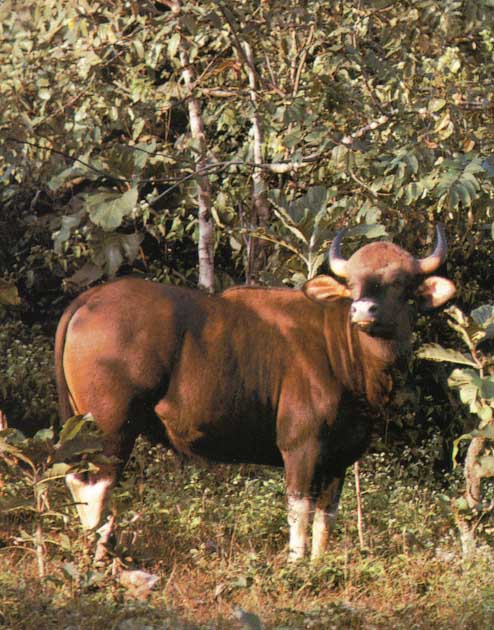|
| 질의: Fishes | 결과: 13052번째/13223 | |
Gaur (Bos frontalis) (가얄,가우어(인도큰들소))
| 제목: | Gaur (Bos frontalis) (가얄,가우어(인도큰들소))
| |

| 해상도: 494x630
파일크기: 75464 Bytes
등록시간: 2005:02:20 20:26:00
|
From: goradok@ameritech.net (russell martin)
Newsgroups: alt.binaries.pictures.animals
Subject: Awhat11.jpg - Awhat11.JPG
Date: Sat, 27 Sep 1997 02:01:05 GMT
From: goradok@ameritech.net (russell martin)
Newsgroups: alt.binaries.pictures.animals
Subject: A Challange, Awhat test!
Date: Sat, 27 Sep 1997 01:50:49 GMT
Hello,
I get mailordered sets of animal cards, I get 3 sets every month
with various animals in them, animals, fish, birds, insects, things
like that, and every time I open the packages, it does not take me
long to find an animal I do not know of, I look at the picture and the
name and say
"A What?"
So....... I figured it would be neat and sort of fun to scan these
animals and send them to all Y'all! and see how you do!
If this is a stupid idea, oh well, I tried! of course I can only go
by the information on the cards so if I have been misinformed of a
particular animal, let me know K! ;)
Enjoy! if you like I can do the same for insects, fish and birds! :)
Russ
|
댓글 |
|---|
| | 손님 |
|
Gaur
Bos gaurus
Most people know that cows are a domesticated version of the wild cattle that ranged through the Old World thousands of years ago. Wild cattle still run in small herds in scattered areas of India and Peninsular Malaysia, and these are the gaurs. Each herd is led by a huge old bull, with the finest horns, a sleek, dark brown coat, and white "stockings." One of this animal's distinguishing features is the saddlelike-hump on their back.
Gaurs are huge animals. Males are about 25% bigger than females. A large male will stand over 2 m (6.5 ft.) at the shoulder and weigh up to 1 000 kg (2,200 lb.). They were once hunted by sportsmen in India as "big game" as was the American bison. Because of their size and strength, and since the Indian tiger is now almost extinct, they have few predators other than humans. |
| | 손님 |
|
Scientific Name: Bos gaurus C.H. Smith, 1827
Common Names: Gaur, Indian Bison
Synonyms:
Bos asseel Horsfield, 1851
Bos cavifrons Hodgson, 1837
Bos frontalis gaurus C. H. Smith, 1827
Bos gaur Sundevall, 1846
Bos gaurus Lydekker, 1907 ssp. hubbacki
Bos gour Hardwicke, 1827
Bos subhemachalus Hodgson, 1837
Bubalibos annamiticus Heude, 1901
Gauribos brachyrhinus Heude, 1901
Gauribos laosiensis Heude, 1901
Gauribos mekongensis Heude, 1901
Gauribos sylvanus Heude, 1901
Uribos platyceros Heude, 1901 |
^o^
동물그림창고 똑똑전화 누리집
^o^
|
|
|